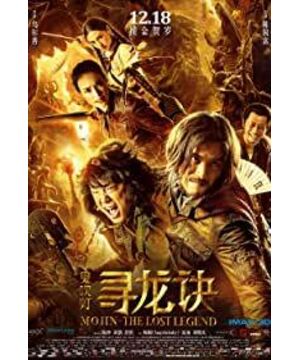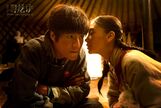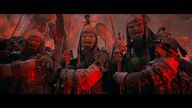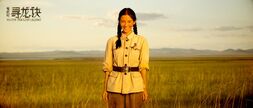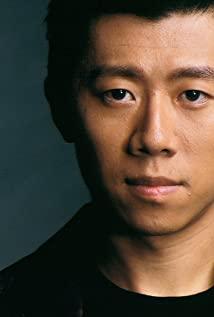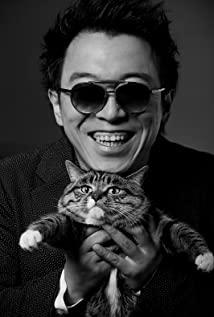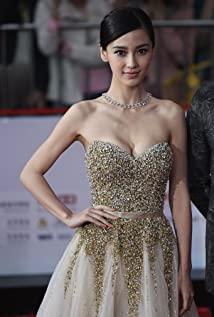Adventure fantasy blockbuster, exciting and exciting plot design is necessary. At this point, "Long Quest" basically meets the requirements. The rhythm of the whole film is tight, and the transition of several episodes is very smooth and natural. Several frightening highlights such as the grasshopper attack and the resurrection of zombies can make people watch adrenaline soaring. , The trio of Mojin and the villain are also clean and neat, and there is no chronic disease that domestic movies are either procrastinated or broken.
However, as a visual effect blockbuster, the part that I am not satisfied with "Long Searching" happens to be the visual effects, including the 3D rendering effect and the art design of the underground palace.
The film side has always emphasized that this is a "work that improves the level of China's film industry" that was "burned" by 250 million yuan. The money was spent, what was the effect? The problem with the 3D picture is mainly in the perspective, it feels very fake, the perspective ratio is wrong, and there is no visual impact, which is similar to watching the game screen.
Even more unsatisfactory is the design of the underground palace. The art design of "Looking for the Dragon" is Hao Yi, who has cooperated with Wu Ershan many times. Hao Yi's art-directed works include "Nanjing! Nanjing! ", "No Man's Land", "Knives Smile", "Painted Skin 2" and so on. Looking at these works, it is not difficult to find that Hao Yi's aesthetics belong to the "darkness" and prefer dark colors. In "Looking for the Dragon", this kind of "darkness" aesthetics is even more obvious, and it deliberately emphasizes the fantasy feeling. There are obvious traces of imitating Hollywood movies of the same type, but there is no shocking visual effect. Wu Ershan once said that the tomb of the underground palace specially invited the president of the Inner Mongolia Museum as an archaeological consultant, but the tomb of the princess of the Liao Dynasty did not make the audience feel the distinctive Chinese cultural elements. In the film, it is said that the design of the underground palace has gossip, but if it is only seen from the visual presentation to the audience, it cannot be reflected at all. It can only rely on the description of the lines. To put it plainly, it is like a house. You say there is a living room. There are bedrooms and study rooms, but the design drawings cannot be intuitively seen, lack of rules and regulations, and cannot stand scrutiny.
Finally, let's talk about the writers and characters. "Looking for the Dragon" just draws on the characters and framework of "Ghost Blowing the Lantern", and tells a fantasy story with a dream of first love. The beauty of the beginning of life, Kai Ye represents obsession, Hu Bayi represents letting go and mastery, and Xue Li represents pure love. You may think that it is a bit deviating from the essence of "Ghost Blowing the Lantern", but such a story makes a movie based on The technology-based fantasy commercial blockbuster has gained some warmth.
View more about Mojin: The Lost Legend reviews


